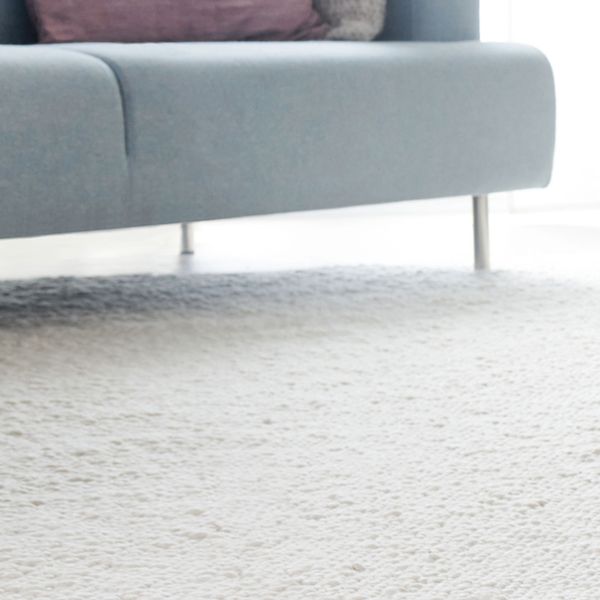No matter how careful you are, carpet stains are almost inevitable. At some point, your beautiful, clean carpet is going to get marked up. Whether it’s a food or drink spillage, muddy footprints tracked into the house, or an unwanted present from a pet or young child, stains are sadly a part of everyday life.
Thankfully, for every stain, there’s a solution. From red wine, coffee and cola to food stains, oil, vomit, urine and everything in between, we’ve got the carpet cleaning ideas you’ve been waiting for.
With our helpful guide on how to get stains out of carpet, you’ll be ready to deal with unsightly marks and spillages before they become permanent residents in your household.
Everyday carpet stains
Stains are bad news, especially if you didn’t see it happen, and the unwanted substance becomes ingrained in your carpet. A red wine stain can put a blemish on an otherwise clean house, and leave you feeling unsettled. This is the last thing you want in your home, and working out how to remove old stains from the carpet can become a headache.
Never fear though, because help is at hand. First, let’s go through the basics. There are different types of stains, from water-soluble tea and coffee to non-water-soluble like oil, grease, chewing gum and glue. Each one has a solution, so it really helps if you know what you’re dealing with. It’s also vital to act fast. The sooner you tackle a fresh stain, the easier it will be to remove. If you see it happen, make sure you start cleaning it immediately for the best results.

How to clean carpet stains
We’ll get into the finer details of tackling individual stains further below, including the usual suspects and worst culprits. First, we’ll walk you through the steps we would recommend for cleaning and removing most new stains:
1. Start by blotting the stain with a paper towel – never scrub, as you could damage the carpet, make the stain worse or accidentally push it down on the carpet pad.
2. Using the blotter, dry the stain as much as possible, starting from the outside edge and working in.
3. Next, rinse the stain as thoroughly as possible with hot water.
4. Repeat the blotting process and always make sure the area is dry when you’re done. Use a hairdryer or a bath towel if needed.
5. Suppose hot water isn’t doing the job. In that case, you could enhance this process with a cleaning solution made from a quarter teaspoon of detergent (non-bleach) or white vinegar mixed with water. Use a clean dishcloth to apply this to the stain before you use the blotting method.
Alongside these general steps for fresh stains, there is also a wide range of commercially available spot cleaners you can use as part of this initial method. Always follow the instructions on the packaging and be sure to check the warranty on your carpet first, as certain types require products specifically formulated for them. Using the wrong product could damage your carpet and void your warranty.
If the cleaning product is safe to use, always try it out on a concealed spot in case it discolours your carpet. If the stain still doesn’t come out at this point, or it’s an old stain that you’ve just discovered, then it’s time to move onto our advanced steps.

How to remove tough stains from carpets
There are lots of different types of stains out there. They are often broken down into water-soluble, like a coffee stain on the carpet, and non-water-soluble substances like grease, fat, oil, burns, glue, gum, and wax. The big difference between the two is that water-soluble stains can be treated with a water-based product, while any other type should not be. We’ll start with water-soluble stains which include:
• Mud
• Soft drinks
• Alcoholic beverages
• Milk
• Ice cream
• Fruit juice and berries
• Gravy
• Washable Ink
• Wet paint
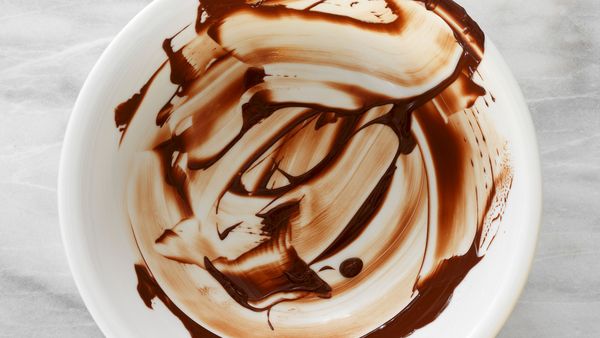
For these everyday stains, we’d recommend the general steps we outlined above using a homemade cleaning solution of non-bleach detergent mixed with a litre of water. You can repeat this multiple times if needed. Of course, there are tougher water-soluble stains out there. These include:
• Coffee
• Tea
• Blood
• Chocolate
• Mustard
• Wine
• Excrement
• Vomit
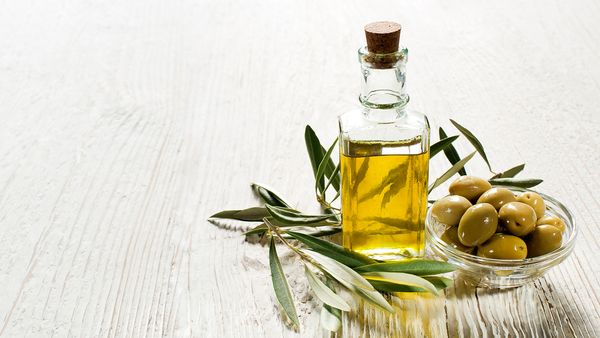
Finally, there are non-water soluble stains. While these can be very messy, once you know the secret of cleaning them, they’re not as scary as they first seem. Common non-water-soluble stains include:
• Fat
• Oil
• Wax
• Gum
• Glue
• Industrial stains
Now we know which type of stain is which, let’s get to removing them, from how to get coffee stains out of the carpet to dealing with food, pets, make-up and even oil.
How to get coffee stains out of carpet
If you’re enjoying a nice cup of tea or coffee, the last thing you want to happen is for it to accidentally spill on your carpet. It’s a double whammy – a stain to clean up and you’ve spilt your lovely drink. Coffee and tea can also produce nasty stains, especially once they dry, so it’s essential to act fast and take the following steps:
1. Blot the stain with an absorbent paper towel.
2. Quickly mix a cleaning solution to use on the stain. If you have a wool carpet use a mixture of mild detergent and water, or lemon juice, water and dishwashing liquid.
3. If your carpet is non-wool, you could try a tablespoon of ammonia in one cup of water for a robust solution that’s especially effective on coffee, tea and wine.
4. Lightly dab the stain with the solution using a sponge. Be careful not to soak the area.
5. Rub the stain gently with the sponge and solution to help break down the pigment.
6. Blot with paper towels to remove moisture, and dry. Repeat the whole process as required.

How to remove red wine stains from carpet
Phew. You managed to get that coffee stain out earlier in the day, and now you’re relaxing with a glass of red wine in the evening. What could go wrong? Thankfully, if you do have another spillage, red wine stains are relatively similar to coffee.
Red wine might have a reputation for being among the worst things you could possibly spill on the carpet (and in some ways it is). Still, it’s no worse than coffee, so if you follow our steps above, you should be able to remove it. Interestingly, there are a few unique cleaning tips for a red wine that you can try.
• White wine – yes, really! White wine contains an enzyme that neutralises red wine. You could splash a little over the stain before you start blotting.
• Salt. Sprinkling salt over red wine can help absorb the fluid before it can soak into the carpet fibres.
• Soda water. The natural, bubbly effervescence of soda water plus the high salt content can help lift the wine from the carpet. White wine is better, though.
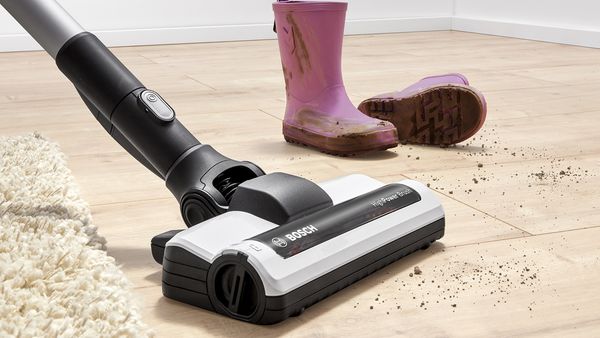
Removing dirt and mud stains
When it comes to dirt and mud, which are often tracked into the house, you can use general carpet cleaning techniques like blotting, hot water and cleaning solution. Gently rub with a clean dishcloth or sponge, then blot or dry some more. If it’s already dried in, try these steps instead:
• Gently brush the stain out with a steel brush rather than rubbing with a cloth, which could push it deeper into the carpet.
• Brushing will break up the mud and release it from the fibres.
You can then vacuum up the debris. You may need to do this several times.
• If there’s still a stain underneath, use our standard process with a cleaning solution of dishwashing liquid and warm water.
Cleaning blood stains
Blood and other bodily fluids can create troublesome stains. If it has already dried, you can actually use the same technique outlined above for dealing with dried-in dirt. Brushing it out with a steel brush is the place to start.
If the stain is wet, or the dry method doesn’t entirely remove the mark, then follow our standard carpet cleaning procedure. But be ready to use a cleaning solution of dishwashing liquid and warm water. However, this might not be enough to get blood out. If you’re having trouble, try this:
• Make a solution of ammonia or white vinegar and water. Remember not to use ammonia if you have a wool carpet.
• Gently rub the solution into the stain and give the ammonia or vinegar at least five minutes to soak into the blood.
• If the ammonia works, blot thoroughly, then rinse clean and dry. Be careful not to use too much water when rinsing, and always make sure you leave the carpet completely dry.
Cleaning vomit stains
This is a particularly yucky substance to clean up and can cause havoc with carpets if it’s given a chance to soak in. The key with vomit is to act fast and begin cleaning it up immediately. We know it’s unpleasant, but it has to be done.
• First, gently remove as much solid matter as possible and put in a bin.
• Once you’re left with a wet stain, blot it with a paper towel to remove as much fluid as possible, and then dab with a cleaning solution. You could also sprinkle with baking soda first if it’s looking bad.
• Once you’ve gently rubbed in the cleaning solution, blot dry, and repeat the process as needed. Cleaning solutions using white vinegar or lemon juice can also be successful, and the latter can help conceal the smell.
Cleaning dog and cat urine
We love our pets, but every now and then they do have little accidents. Whether it’s urine or excrement, part of being an animal lover is being willing to clean up after your pet. Here’s how to clean up a pet stain.
• Absorb as much of the liquid as possible, using paper towels.
• Blot with a damp cloth which you can wash later.
• Mix up a 50/50 solution of white vinegar and water, and spray the stain.
• Next, dab the stain with a cleaning solution made from a ½ tablespoon of mild non-bleach detergent and a litre of water.
• Blot dry and repeat if needed.
• If you’re still plagued by a bad smell, try sprinkling baking soda over the area and vacuuming.
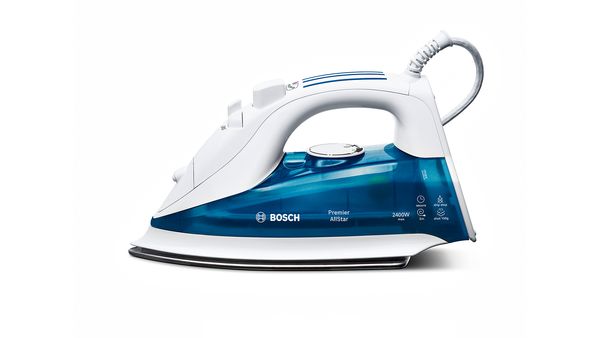
Removing oil or grease
An oil stain on the carpet can look horrendous. Still, when it comes to oil, grease, fat and similar substances, there are actually a few different and surprisingly simple ways to tackle these nasty stains.
• First, scrape off any excess oil, grease or fat with a blunt-edged knife. Remove as much as you can.
• Sprinkle baking soda over the stain and let it fizz for five minutes.
• Next, lay a tea towel over the stain and iron it with a clothes iron on low or medium heat. Only do this for a minute or so, and always use fabric between the iron and carpet. The heat will help break down the stain and make it easier to remove.
• Using a dishcloth, dab the stain with baking soda or powdered detergent. Gently rub this in to thin it out.
• Blot with a damp paper towel until dry.
• Once dry, quickly vacuum and inspect. You can repeat this whole process more than once for tough stains, but it may work the first time.
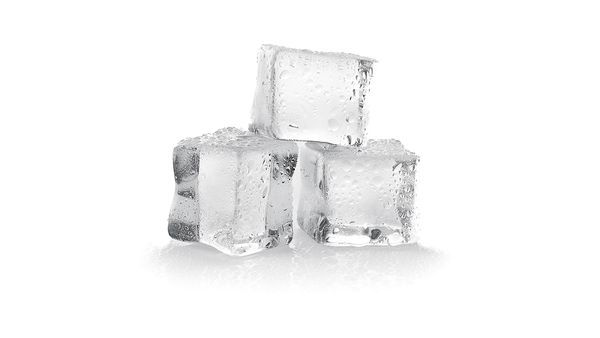
Cleaning wax and gum
Discovering chewing gum or candle wax stuck to your carpet can be another potential horror moment, but there’s a smart solution.
• Wax and gum are susceptible to the cold. Try taking some ice cubes from your freezer and use them to freeze the gum or wax solid.
• You can then shatter it with a spoon.
• Quickly hoover up the fragments before they soften, and you should have a clean carpet underneath.
You could also use an iron and a sheet of brown paper to remove wax from carpet or other materials. Simply iron over the sheet, on top of the stain, and the wax will transfer out.
Glue
This one has a particular solution. You need some rubbing alcohol plus a soft cloth or cotton ball. Press this over the glue until it begins to soften and then wipe clean. Repeat several times, if need be, to get it out.
How to remove old stains from carpet
While we always recommend dealing with a stain as soon as it happens, if you’ve just discovered a three-year-old mark under your sofa, then there’s still an answer. Firstly, you can use all of our advice above and see if it helps. Obviously, it’s useful if you have some idea of what caused the stain and whether it’s water-soluble or non-water-soluble.
If a regular stain removing method isn’t sufficient, there are some processes particularly recommended for old, tough stains too. Try a paste of baking soda and distilled white vinegar, rub it into the stain and leave it overnight. Then, shake a small amount of baking soda over the stain and let it absorb. Next, make a cleaning solution from dishwashing liquid, white vinegar and warm water. Using this solution, dab the stain with a clean dishcloth, then blot with a paper towel and thoroughly dry.
Carpet cleaning tips
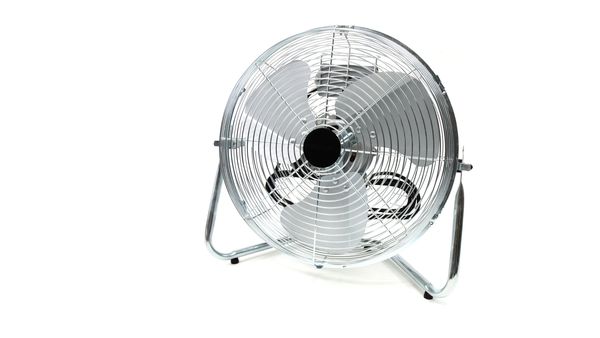
It’s also important to regularly vacuum and clean your carpet thoroughly every 12 to 18 months. You could use a professional carpet cleaning company or do it yourself using a steam cleaner or other appliance. For those of you who want to do the job yourself, here are a few pro tips:
• Always use a cleaning solution with a pH of 10 or less, and ensure all detergent is removed during cleaning.
• You can damage your carpet if it gets too wet. When using a steam cleaner, make sure it has the suction power to allow the carpet to dry within 6-12 hours maximum.
• To help your carpet dry, use a dehumidifier or fan, as excess moisture can lead to bacteria and mildew.
• Consider putting mats or rugs in high-risk spill areas instead of carpets, as these can sometimes be placed in the washing machine or hand-washed more easily.
• Vacuum carpets regularly, to prevent dust and dirt accumulating and turning into stains.
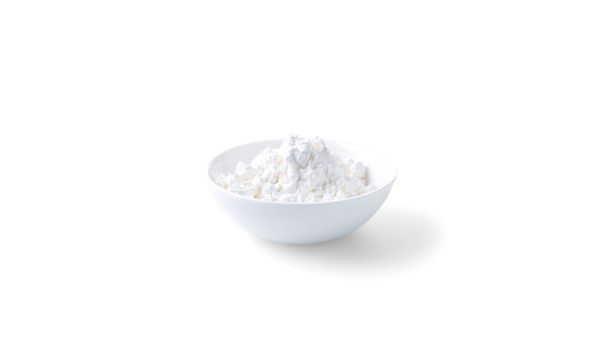
• Try sprinkling baking soda before vacuuming, to help get rid of any unwanted carpet smells caused by stains.
• A vacuuming pro tip is to vacuum floors in rows – up and down, working your way from one side of the room to the other. It’s efficient and effective.
• Vacuuming also helps prevent mould growth and removes dust mites from your carpets.
• Invest in a quality vacuum cleaner. Unlike a steam cleaner for carpets which you might use more infrequently, your vacuum is a tool you’ll use most days. Thankfully there are lots of options to suit your particular household.
• Look out for vacuums by leading brands, which take carpet cleaning one step above the rest, by using superior cleaning technology that removes not only large dust balls but also other harmful substances like allergens, bacteria, moulds and toxins.
A stain-free future
Suppose you’ve been worrying about the cost of replacing your carpets because of unsightly marks. In that case, you now have a much better alternative. Thanks to the expert tips above, you’ll be able to give any stain a good cleaning. And when it is time for a new carpet in your home, you now have the stain busting skills and cleaning know-how to tackle whatever comes your way.
